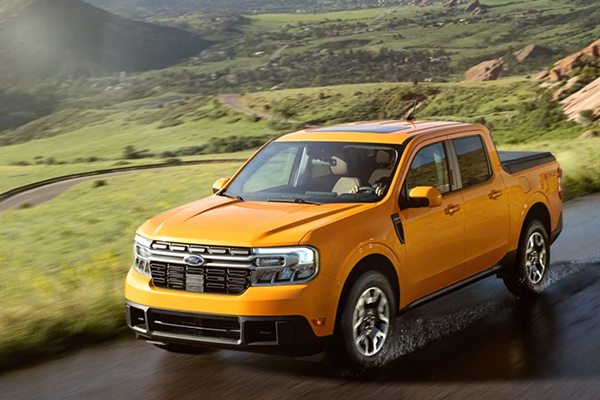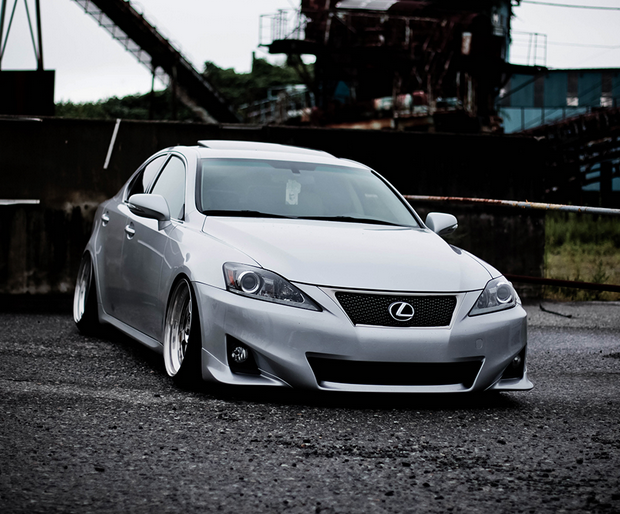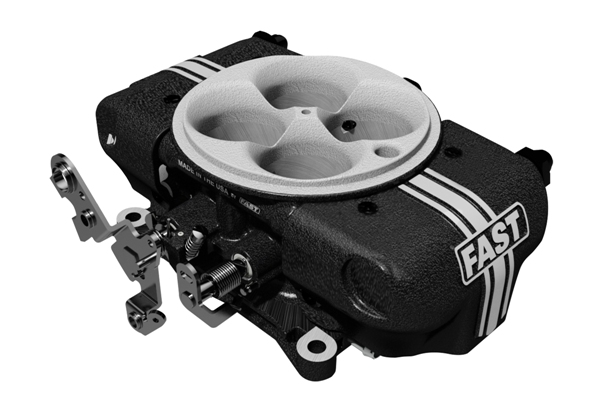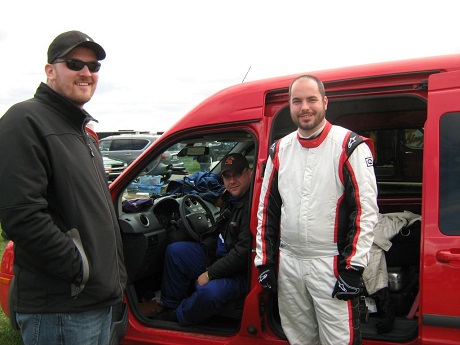Think for a moment about radar, GPS, microwave ovens, advanced computers, the internet, and jet propulsion. What do these technologies have in common? Answer: They were all developed for military use long before they made their way to mainstream consumers.

The American automotive industry was pretty mature by the late 1930s, but World War II changed everything. In response to wartime needs, car and truck production halted, and Detroit's factories churned out aircraft, tanks, Jeeps, and military trucks. Lingerie companies made camouflage netting, cash-register companies manufactured rifles, and tire manufacturers turned out aircraft parts and inflatable life rafts.
The volume of production in these plants was staggering—at its height, Ford's Willow Run factory complex produced 650 B-24 Liberator heavy bombers every month. Kaiser's shipyards were able to cut the time needed to build a Liberty ship from a year to 92 days, 62 days and, finally, an amazing one ship per day. Industrial capacity across the board doubled, unemployment dropped to under two percent, and the GDP spiked during the war years. It was a jump in production the likes of which had never been seen before, and it helped the United States and its allies win the war.
After the war
When the war was over and troops came home to start careers and families, they found a shortage of just about everything for the first couple of years. Housing was in short supply and consumer goods were hard to come by as factories struggled to retool for peacetime production.
Automobile manufacturers were in a particularly tough spot, as Americans were still driving their pre-WWII vehicles and were ready to trade up. With this huge demand opening up, though, all Detroit had to offer were barely face-lifted versions of the same tired designs that everyone was all too familiar with. It wasn't until model year 1947 or '48 when most manufacturers were able to field truly all-new models.
When things finally got back up to speed, however, all kinds of WWII-era innovations in design began to make their way into cars:
- The Hemi: Hemispherical combustion chambers had been around since the early 1900s, but during WWII, Chrysler got a contract to develop a new engine that could enhance performance of the P-47 fighter-bomber. The XP-47H variant could hit an incredible 490 mph in level flight but was never mass-produced since the war drew to a close and the Air Force was more interested in jet aircraft. The lessons learned with the inverted V-16 Hemi engine, however, informed the Chrysler Hemi V8s of the early 1950s, and the Hemi design continues to be a Chrysler feature to this day.
- Hydra-Matic transmission: GM introduced the Hydra-Matic transmission in 1939, for both Cadillac and Oldsmobile divisions. It was the first fully automatic transmission and came as an expensive option—and it made its way into the designs of the M24 Chaffee light tank, M5 Stuart tank, M18 Hellcat tank destroyer, and a number of other military vehicles. Cadillac was then able to brag about the Hydra-Matic's "Battle-Tested" heritage in postwar marketing materials.
- Power steering: The tank recovery vehicles, armored cars, and other extremely heavy vehicles of WWII needed assisted steering to be drivable. Power-steering systems actually dated back to the 1920s, but the concept evolved and was perfected during the war years. Chrysler introduced the first commercially available power steering on the '51 model Imperial, and Cadillac followed suit the following year.
- Fuel injection: While fuel injection had been around in one form or another since the inception of the internal combustion engine, it was during WWII that it came into its own on high-performance (mostly German) aircraft engines. Carburetors tended to have problems at high altitudes and under extreme G forces, and designers soon found that mechanical fuel injection was more reliable. Immediately after the war, fuel injection setups made their way into the racing world, and Chevrolet offered mechanical fuel injection as an option on the '57 Chevy 283 V8.
- Superchargers: The supercharger isn't a new technology—it actually dates back to the 1800s, when blowers were used to help fire up industrial furnaces. During WWII, however, it soon became obvious that aircraft engines had a hard time performing in the thin air of high altitudes. Superchargers driven from the engine's crankshaft improved the efficiency and power of engines like the Rolls-Royce Merlin, the legendary power plant of the P-51 Mustang. By the end of the war, these kinds of innovations helped push the envelope of piston engine-powered aircraft capability.
- Antilock brakes: Although antilock brakes came along in the early '50s on British bomber aircraft, they still clearly had their roots in military tech. The Avro Vulcan and other aircraft featured a system that monitored the rotational speed of each landing gear wheel and metered braking effort to prevent any wheel from locking up and skidding. This primitive system became the ABS brakes that are commonplace on today's vehicles.
Along with these major innovations came revolutionary new materials—synthetic rubber for tires, gaskets, seals, and suspension parts and plastics that were developed as a substitute for precious raw materials. Plastics, of course, meant new interior textures, new upholstery fabrics, and a myriad of uses in transmissions, engines, drivetrains, and other automotive parts, opening up whole new manufacturing methods and ideas.
And no discussion like this would be complete without mentioning the war's influence on automotive styling. In the late '40s, Cadillac designer Harley Earl was inspired by the twin tail booms of the P-38 Lightning fighter and incorporated the first set of tailfins onto the '49 Cadillac. The rest, of course, is history.
Shop HERE.








